Ultimate Guide to Iran Free Trade Zones
Iran Free Trade Zones are gateways to global commerce, offering businesses a competitive edge with tax exemptions, streamlined regulations, and strategic access to international markets.
Have you ever heard of Free Trade Zones? These areas offer numerous commercial and economic advantages, such as tax exemptions, residence permits for foreigners, low transportation service costs, and favorable conditions for collaboration with international companies.
Due to their simplified business regulations, both domestic and foreign investors prefer to register companies in these zones. If you’re interested in learning more about Iran Free Trade Zones, continue reading to discover the potential and opportunities these zones present for entrepreneurs and businesses alike!
Iran Free Trade Zones
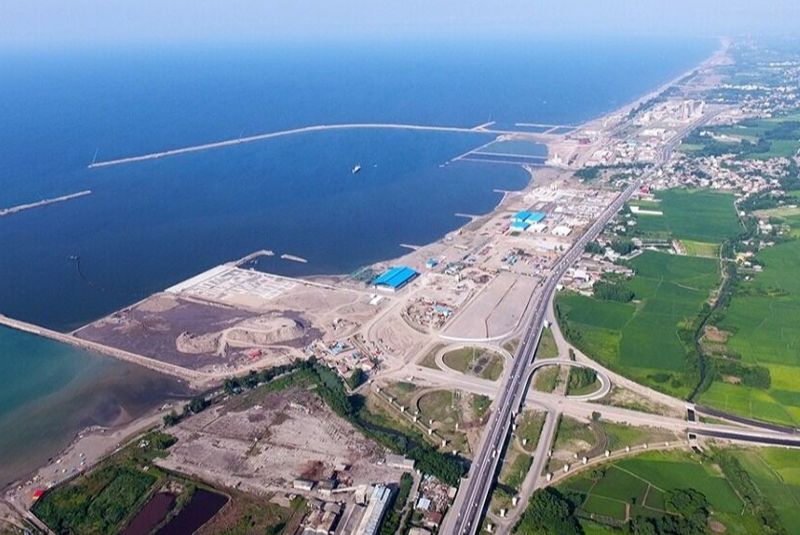
Iran has established eight Free Trade Zones (FTZs) to boost its economy and facilitate international trade. The government is currently working on legislation to increase the number of these zones, reflecting a strategic push to enhance the country's economic landscape. The existing FTZs include Kish, Qasr-e Shirin, Qeshm, Chabahar, Anzali, Aras, Arvand, and Maku.
The primary goals of these zones are to expedite infrastructure development, promote economic growth, attract investments, increase public revenue, create healthy job opportunities, regulate labor and commodity markets, actively participate in global and regional markets, and produce and export industrial and processed goods while providing public services. Below are the free trade zones in Iran:
1. Kish Free Trade Zone
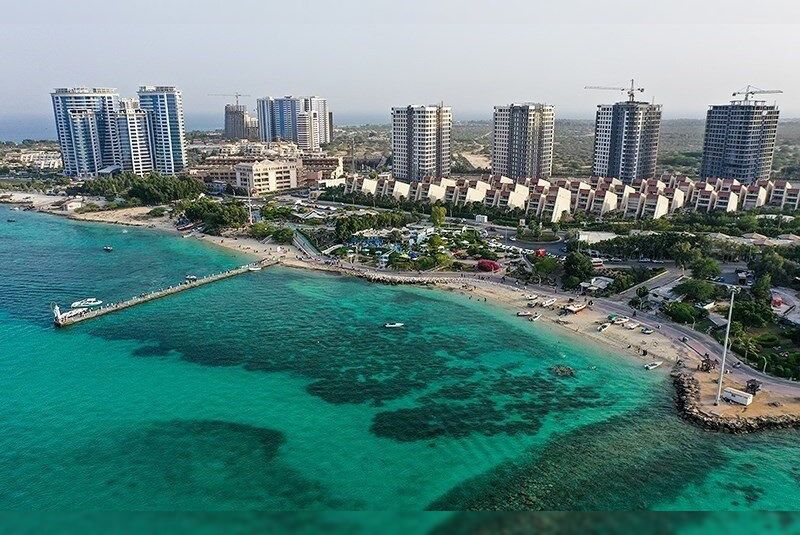
Kish Free Trade Zone is dedicated to enhancing tourism, banking, cultural services, and advanced industries. It aims to provide medical services, support the oil industry, and create a trade hub for oil and petroleum products. The area features diverse luxury hotels, large commercial centers, and popular imported brands, contributing significantly to Kish’s economic vitality.
2. Qeshm Free Trade Zone
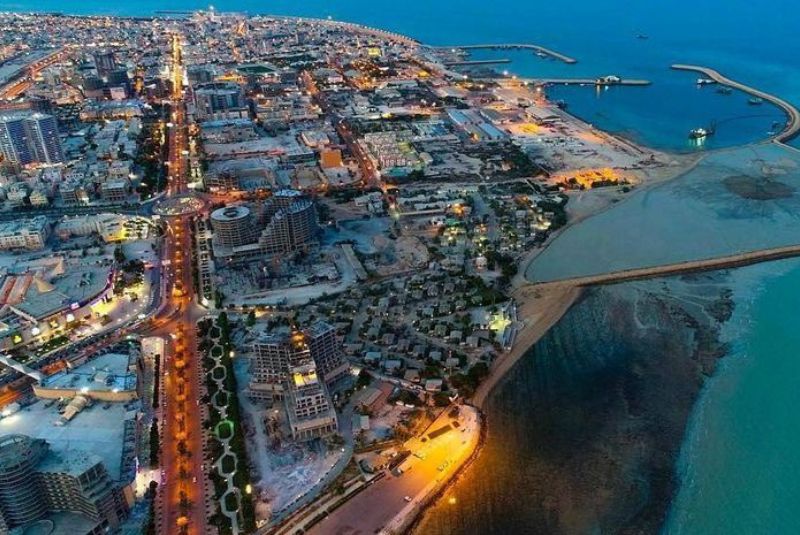
Established in 1990 and spanning 3,000 hectares, Qeshm Free Trade Zone is strategically located due to its geographical position and population. Key commercial activities include developing export-oriented industries, providing fuel for vessels in the Persian Gulf, and transferring technical knowledge to the region. Qeshm is viewed as an attractive destination for both domestic and foreign investment.
3. Chabahar Free Trade Zone
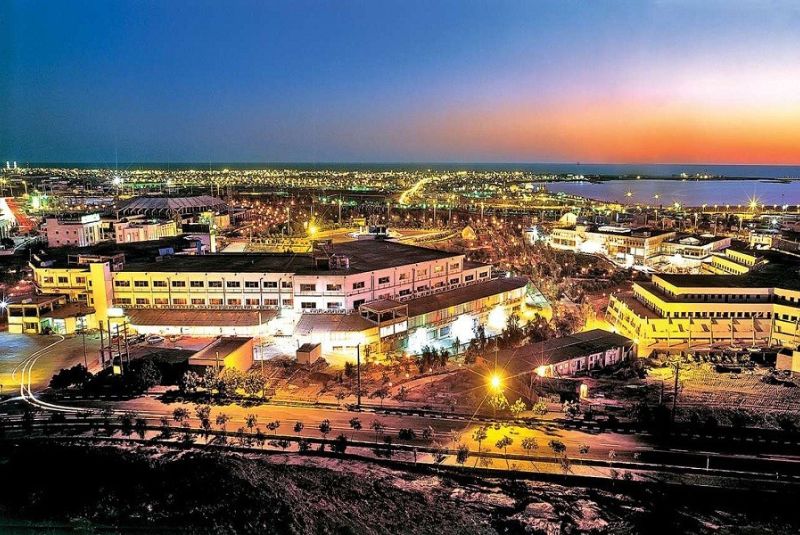
Chabahar, located in the southeastern province of Sistan and Baluchestan, covers approximately 1,090 hectares and is adjacent to the Sea of Oman. This port city enables Iran to access one of the world’s vital waterways. Since its establishment in 1995, Chabahar FTZ has focused on five primary areas: goods transit, investment attraction, tourism, urban development, and education.
4. Anzali Free Trade Zone
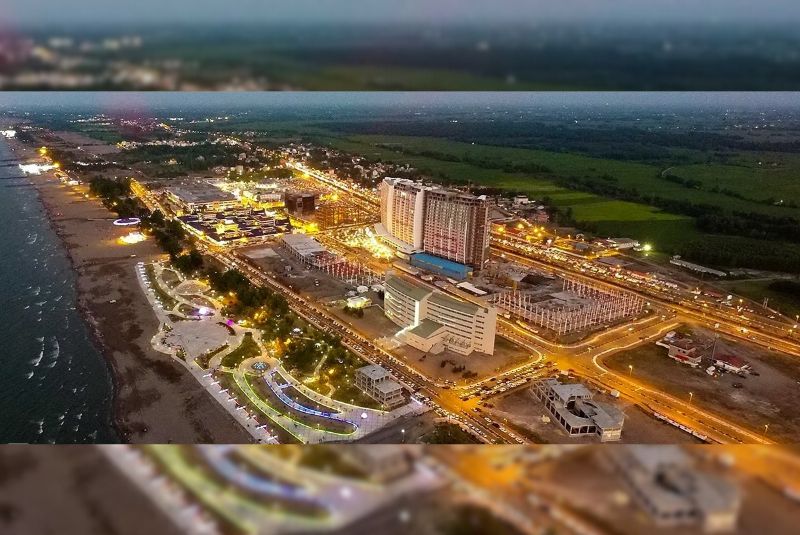
Anzali Free Trade Zone, known for its rich agricultural and fisheries industries, is often referred to as the "land of golden rains." This area serves as a tourism hub and is vital for connecting with countries capable of extensive import and export activities, making it a strategic economic zone.
5. Aras Free Trade Zone
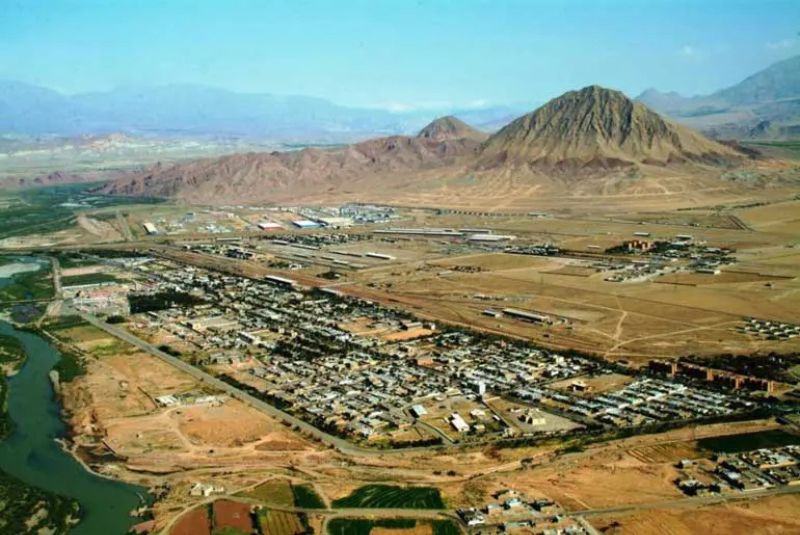
Situated in northwestern Iran, Aras Free Trade Zone shares borders with Armenia, Azerbaijan, and the Nakhchivan Autonomous Republic. Thanks to its unique geographical location and facilities, Aras is well-positioned for transit and re-export activities. With established infrastructure for commercial activities, it has become one of Iran's most significant FTZs.
6. Arvand Free Trade Zone
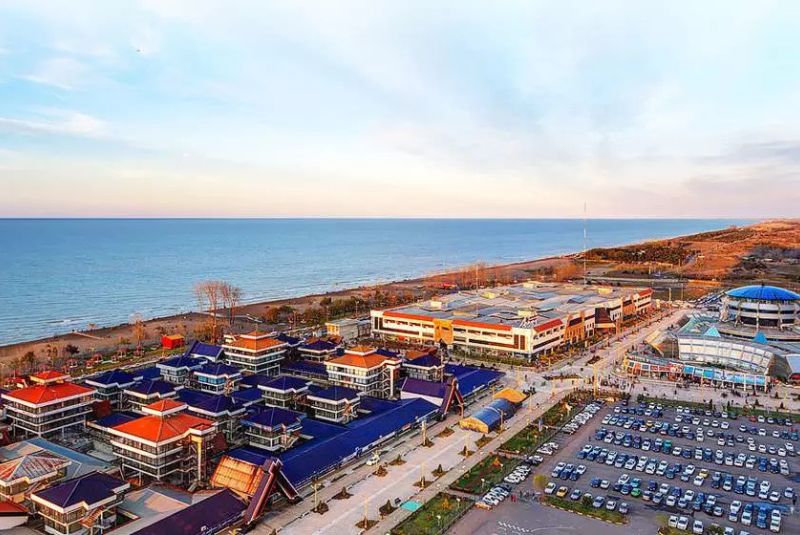
Spanning 37,400 hectares, Arvand Free Trade Zone is one of the largest commercial and industrial areas in Iran. The zone offers numerous advantages, including substantial increases in domestic and foreign investments, a boost in exports, and improved overall income levels for residents.
7. Maku Free Trade Zone
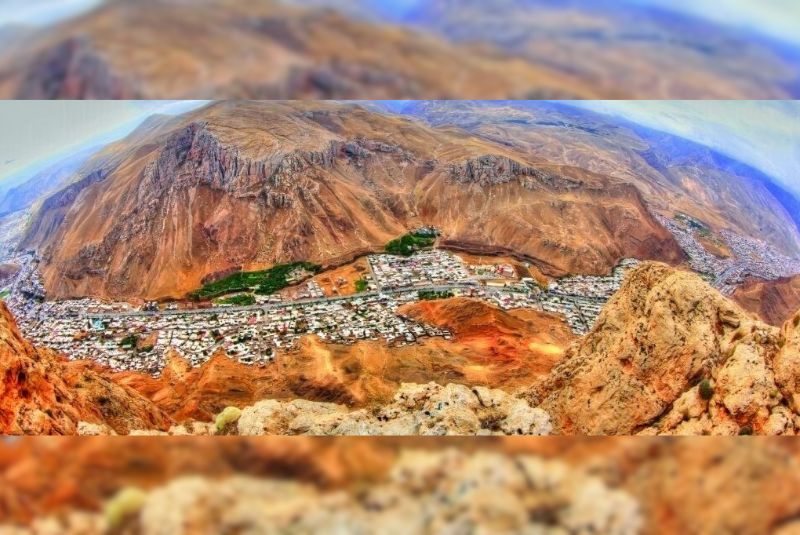
Maku is one of the largest FTZs in the world, boasting over 300 historical sites. Known for its stunning mountainous landscapes and rich culture, the region is famous for its hospitality, local cuisine, handicrafts, and souvenirs. Strategically located along the trade route between China and Europe, Maku plays a vital role in facilitating commercial exchanges.
8. Qasr-e Shirin Free Trade Zone
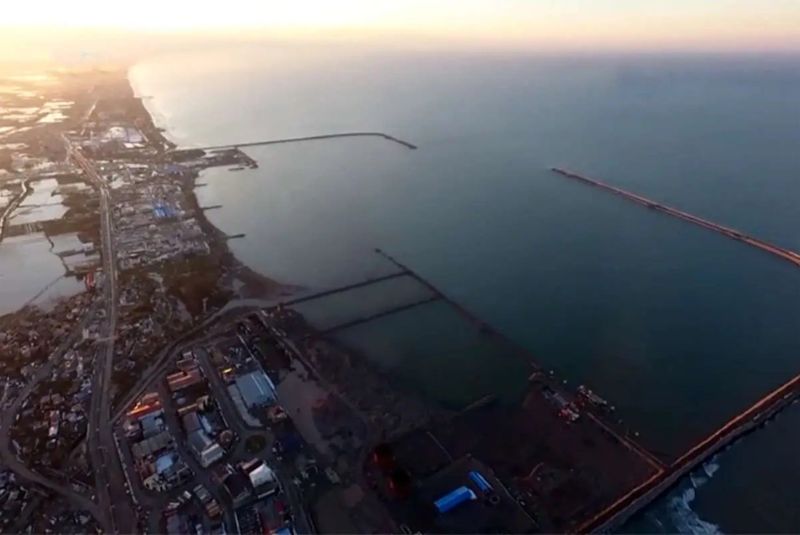
The establishment of Qasr-e Shirin Free Trade Zone was approved on December 25, 2006. This border city in Kermanshah Province serves as a key commercial hub with Iraq, benefitting from two significant borders: Parviz Khan in Kurdistan and Khosravi in the Arab region. Consequently, Qasr-e Shirin handles approximately half of Iran's exports to Iraq, making it an essential FTZ that has recently gained prominence.
What is a Free Trade Zone?
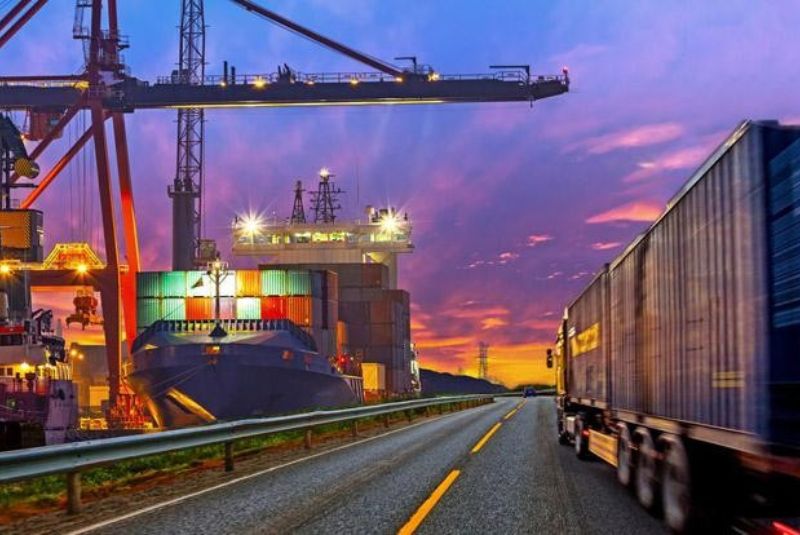
A Free Trade Zone, or Free Economic Zone, refers to a designated area set up by various countries' trade and commerce departments. These zones are established to encourage economic activities by offering significantly reduced tax rates or complete tax exemptions for companies operating within them.
Each country determines its own laws and tax regulations for these zones, and the World Trade Organization (WTO) has specific agreements regarding subsidies and countermeasures in free trade zones.
Essentially, a Free Trade Zone is a location where goods can be transported, produced, reconfigured, and exported without the interference of customs authorities. This can include major seaports, international airports, or border facilities between two or more countries.
The appeal of Free Trade Zones lies in factors such as price differences for goods, exemption from certain customs regulations, and simplified import and export processes, making them attractive for businesses looking to expand their operations globally.
Conditions and Features of Free Trade Zones
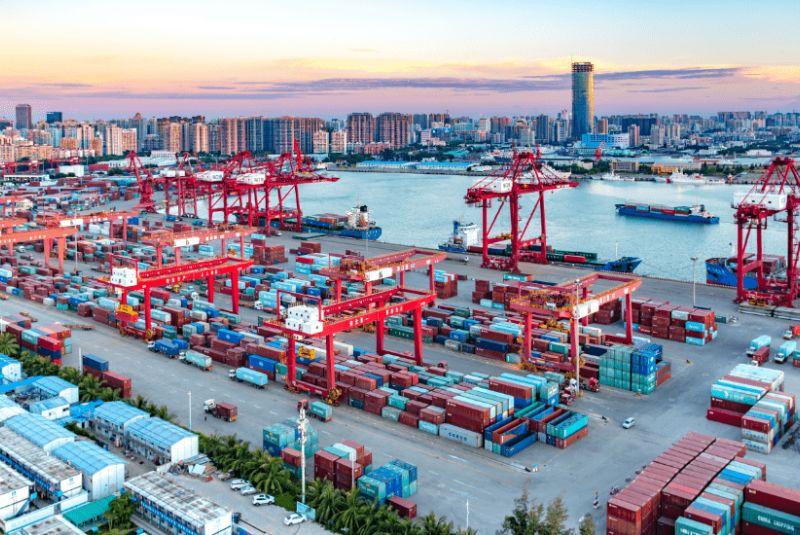
Free Trade Zones (FTZs) are governed by specific regulations and characteristics that are essential for individuals looking to live or work in these areas. One of the primary features of FTZs is their ability to facilitate countries' access to global markets while creating favorable business conditions and job opportunities.
This environment attracts foreign companies and investors due to advantages like tax exemptions, relief from profits and customs duties, and the absence of cumbersome administrative procedures.
The streamlined processes for exporting and importing goods further incentivize foreign investment, resulting in vibrant economic growth within these zones. To support internal activities and international trade, robust infrastructure is critical.
This includes establishing ports designated as FTZs, constructing loading docks for large vessels, developing airports, granting licenses to international airlines, and creating adequate storage facilities and amenities for visitors.
Moreover, prices within Free Trade Zones are generally lower compared to other regions, as goods are sold directly or with fewer intermediaries. This price advantage enhances the appeal of FTZs for consumers and businesses alike, making them a key component of the global economy and a crucial factor for enhancing trade and investment opportunities.
Advantages and Disadvantages of Free Trade Zones

When discussing Free Trade Zones (FTZs), individuals, especially business owners and investors, often highlight the numerous advantages these areas offer. However, alongside these benefits, there are also significant drawbacks that should not be overlooked.
Advantages:
- Tax Exemption: If your company is registered in an FTZ, you can enjoy up to 20 years of tax exemption, providing substantial financial relief to businesses.
- Capital Mobility: You can transfer your assets and capital to other regions or even abroad without hassle, facilitating international business operations.
- Residence and Mobility: Foreign nationals and expatriates are granted permits for residency and movement within the FTZ, making it easier for global talent to work in these areas.
- Full Foreign Ownership: Businesses can benefit from a 100% foreign ownership rule when registering companies, allowing for greater investment potential.
- Simplified Labor Laws: Employment regulations for both Iranian and foreign workers are streamlined, enabling businesses to hire more flexibly.
- Lower Transportation Costs: Transportation services and air freight tariffs are generally cheaper than in conventional regions, reducing overall operational costs.
- Exemption from Customs Regulations: Businesses in FTZs are exempt from many customs duties, promoting smoother trade operations.
Disadvantages:
Despite these advantages, FTZs face notable challenges:
- Economic Corruption: Rents and corruption are significant issues within FTZs, undermining the intended benefits and leading to economic disparities.
- Wage Disparities: There is often a noticeable gap in wages between skilled professionals and laborers, leading to income inequality in industrial and service sectors.
- Limited Amenities: Despite the cost of living and working in FTZs, residents may lack many basic facilities, impacting quality of life.
- Lack of Policy Transparency: Ambiguous export and import policies often lead to the influx of luxury and unnecessary goods into the country.
- Smuggling Risks: Insufficient oversight and control at FTZ borders can allow smugglers to exploit the system, creating legal and financial risks for legitimate businesses.
- Import vs. Export Imbalance: In recent years, imports have consistently outpaced exports in these regions, which could jeopardize future job creation and economic stability.
Bottom Line
Iran's Free Trade Zones (FTZs) present remarkable opportunities for entrepreneurs and businesses seeking to expand their operations. Offering significant advantages like tax exemptions, residence permits for foreigners, and streamlined regulations, these zones foster a conducive environment for investment and trade.
From Kish to Qasr-e Shirin, each FTZ is strategically designed to enhance economic activities, attract international collaborations, and facilitate smoother trade processes. Whether you're a domestic investor or a foreign entrepreneur, exploring Iran's FTZs can unlock a world of potential for growth and success in the global market.
Share your story!
Comment below and let us know about your Experience.
Your story inspires others!


Comment
Leave a Comment